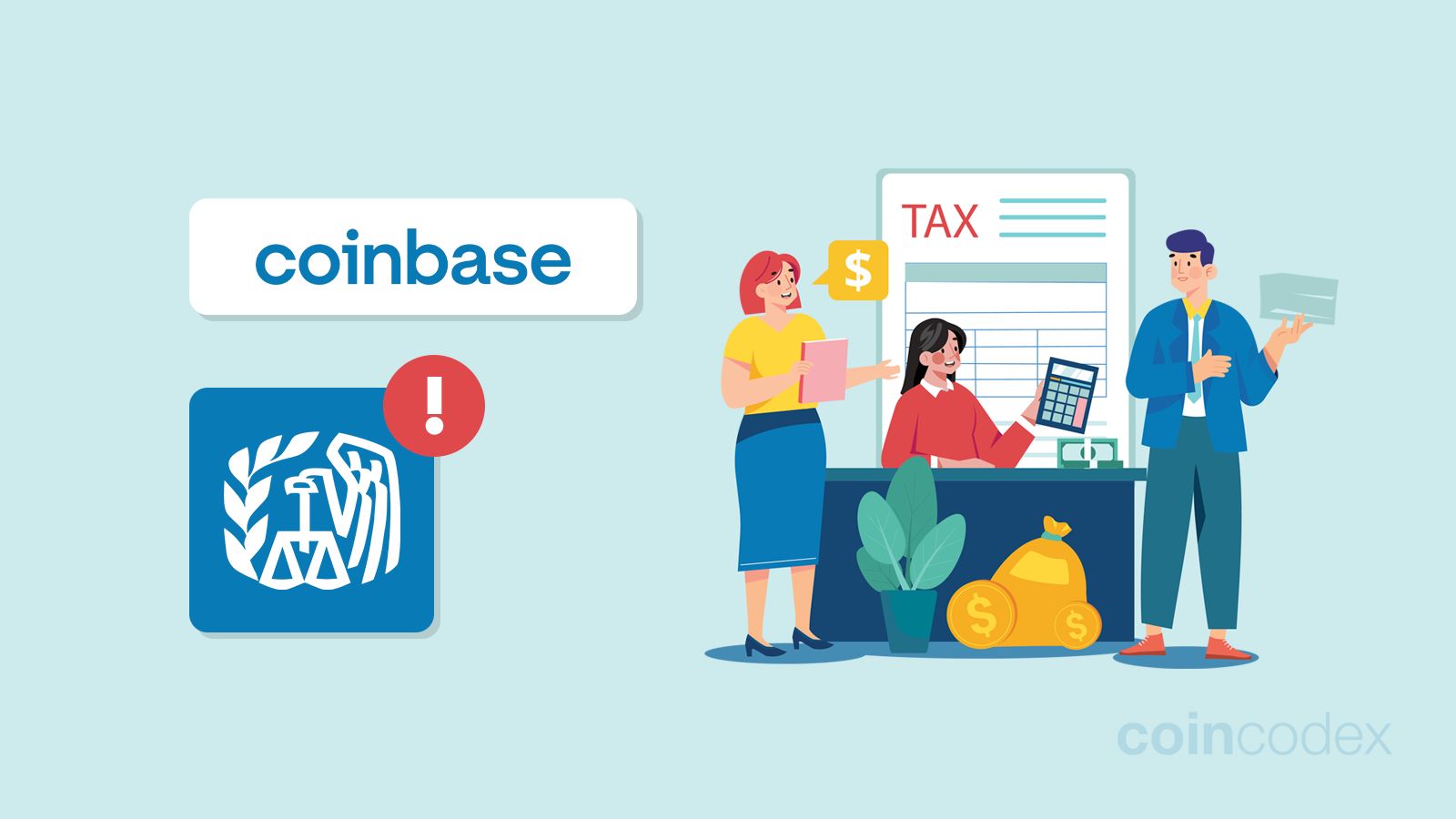

Finance
What Is Liquidity Pool In Cryptocurrency
Published: October 5, 2023
Learn about the importance of liquidity pools in cryptocurrency finance and how they contribute to the stability and efficiency of trading.
(Many of the links in this article redirect to a specific reviewed product. Your purchase of these products through affiliate links helps to generate commission for LiveWell, at no extra cost. Learn more)
Table of Contents
Introduction
Welcome to the world of cryptocurrency, where innovation and decentralized finance have revolutionized the way we think about money and transactions. One of the key concepts in this rapidly evolving space is liquidity pools. In this article, we will explore what liquidity pools are, how they work, and the benefits and risks associated with them.
When it comes to cryptocurrency trading, liquidity plays a crucial role. Liquidity refers to the ease with which an asset can be bought or sold without causing significant price fluctuations. In traditional financial markets, liquidity is typically provided by centralized entities like banks and market makers. However, in the world of decentralized finance (DeFi) and cryptocurrencies, liquidity pools have emerged as a decentralized and efficient solution to address this need.
So, what exactly is a liquidity pool? In simple terms, a liquidity pool is a pool of funds locked in a smart contract that traders can use to trade cryptocurrencies at a predetermined price. These pools are essentially a collection of tokens deposited by liquidity providers, who are individuals or entities that contribute their tokens to the pool. The liquidity providers are incentivized to deposit their tokens into the pool by earning trading fees.
Definition of Liquidity Pool in Cryptocurrency
A liquidity pool in cryptocurrency is a decentralized financial mechanism that allows users to contribute their tokens to a pool, enabling the seamless trading of assets within a decentralized exchange (DEX) platform. Liquidity pools ensure that there is sufficient liquidity for smooth trading and minimize price slippage.
In a traditional exchange, the process of matching buy and sell orders relies on an order book and requires counterparties to trade directly with each other. Liquidity pools, on the other hand, pool together tokens from multiple users to create a liquidity pool. This pool of tokens is then used to facilitate trades within the DEX platform.
The liquidity pool consists of two primary components: the base currency and the quote currency. The base currency represents the cryptocurrency being traded, while the quote currency is the token used as a reference for determining the value of the base currency. For example, in a liquidity pool for trading Bitcoin (base currency) with Ethereum (quote currency), users can contribute Bitcoin and Ethereum tokens to the pool.
When a user wants to trade, the liquidity pool automatically matches their order with the available liquidity in the pool. This eliminates the need for a traditional order book and allows traders to execute their transactions instantly and at a guaranteed price. The price is determined by an algorithm called an automated market maker (AMM) and is based on the ratio of tokens in the pool.
The liquidity providers who contribute their tokens to the pool earn a portion of the trading fees collected from the trades executed within the liquidity pool. These fees incentivize liquidity providers to lock their funds into the pool, ensuring sufficient liquidity for other traders.
It’s important to note that liquidity pools can exist on various blockchain networks, such as Ethereum, Binance Smart Chain, and others. Each network may have its own liquidity pool protocols and mechanisms for facilitating trading and incentivizing liquidity providers.
How Liquidity Pools Work
To understand how liquidity pools work, let’s walk through a simplified example:
- A liquidity provider decides to deposit their tokens into a liquidity pool. They choose the amount and ratio of each token they want to contribute based on their desired exposure and risk tolerance.
- The liquidity provider’s tokens are added to the liquidity pool, increasing its total value and liquidity.
- Traders who want to buy or sell tokens can interact with the liquidity pool by connecting their wallets to the DEX platform.
- When a trade is executed, the liquidity pool automatically matches the buyer with a seller by using the available tokens from the pool.
- The tokens are exchanged at a price determined by the AMM algorithm, which calculates the ratio of tokens in the liquidity pool.
- The trader’s transaction is completed, and the tokens are transferred to their wallet.
- The liquidity provider earns a portion of the trading fees generated from the transaction as a reward for providing liquidity to the pool.
The key component that enables liquidity pools to function is the AMM algorithm. The AMM algorithm ensures that the liquidity pool maintains a constant ratio of tokens and determines the price at which trades are executed within the pool. The most commonly used AMM algorithm is the Constant Product Market Maker (CPMM), also known as the Automated Market Maker Formula.
The CPMM algorithm calculates the product of the quantities of two tokens in the liquidity pool, which remains constant. As one token’s quantity increases due to buying pressure, the other token’s quantity decreases. This relationship ensures that the pool maintains a balanced ratio and adjusts the price accordingly.
Another important aspect of liquidity pools is impermanent loss. Impermanent loss occurs when the value of the tokens in the liquidity pool diverges from the value of the tokens outside the pool. Liquidity providers may experience impermanent loss in scenarios where the price of the tokens in the liquidity pool changes significantly. However, they can mitigate this risk by carefully selecting the tokens they provide to the pool and considering the potential price volatility.
Overall, liquidity pools provide a decentralized and efficient way to facilitate trading in the cryptocurrency space. By leveraging the contributions of liquidity providers and employing AMM algorithms, liquidity pools ensure that traders have access to liquidity and can execute transactions seamlessly within decentralized exchanges.
Benefits of Liquidity Pools
Liquidity pools offer several benefits to both traders and liquidity providers:
1. Increased Liquidity: Liquidity pools aggregate tokens from multiple participants, creating a larger pool of liquidity compared to individual orders. This increased liquidity ensures that traders can execute their transactions quickly and at a fair price without causing significant price slippage.
2. Decentralization: Liquidity pools are a fundamental component of decentralized finance (DeFi) infrastructure. Unlike traditional centralized exchanges, where liquidity is provided by a centralized entity, liquidity pools rely on the contributions of individual users. This brings more decentralization to the market and reduces the dependence on intermediaries.
3. 24/7 Access: Liquidity pools are accessible 24 hours a day, seven days a week. This allows traders from all over the world to participate in the market at any time, regardless of their geographical location or time zone.
4. Wide Range of Trading Pairs: Liquidity pools support a wide range of trading pairs, providing traders with numerous options for exchanging their tokens. This flexibility allows users to trade any combination of tokens within the liquidity pool ecosystem.
5. Incentives for Liquidity Providers: Liquidity providers are rewarded with a portion of the trading fees generated within the liquidity pool. This incentivizes users to supply their tokens to the pool, as it offers a passive income stream in addition to potential capital gains on their deposited tokens.
6. Lower Transaction Costs: Liquidity pools typically have lower transaction costs compared to traditional centralized exchanges. This is due to the absence of intermediaries and the automation of trading processes, resulting in reduced fees for traders.
7. Market Efficiency: Liquidity pools help improve overall market efficiency by reducing spreads and ensuring a fair price for tokens. The continuous trading activity within the pools promotes price discovery and prevents large price fluctuations.
8. Opportunity for Token Swaps: Liquidity pools allow users to easily swap between different tokens within the pool without the need for a counterparty. This provides traders with greater flexibility and convenience when diversifying or rebalancing their portfolio.
9. Transparent and Auditable: Liquidity pools, being built on blockchain technology, offer transparency and immutability. Transaction records and pool balances are accessible to anyone on the blockchain, ensuring trust and accountability.
The benefits of liquidity pools have propelled their popularity in the cryptocurrency space, enabling efficient and decentralized trading environments that promote accessibility, fairness, and opportunity for all participants.
Risks and Considerations of Liquidity Pools
While liquidity pools offer numerous benefits, it’s important to be aware of the risks and considerations associated with participating in these decentralized financial mechanisms:
1. Impermanent Loss: Liquidity providers may experience impermanent loss when the value of tokens in the liquidity pool diverges from the value of the tokens outside the pool. This occurs when the price of one token significantly increases or decreases compared to the other token in the pool.
2. Price Volatility: Cryptocurrency markets are known for their volatility, and liquidity providers are exposed to this risk. Sudden price movements can impact the value of tokens in the liquidity pool, resulting in potential losses for providers.
3. Smart Contract Risks: Liquidity pools rely on smart contracts for their operation. While smart contracts are designed to be secure, they may still be vulnerable to bugs, hacks, or exploits. It’s crucial for participants to assess the security measures and audit results of the liquidity pool’s smart contract before depositing their tokens.
4. Imbalance Risks: If the liquidity pool becomes imbalanced, with a significantly higher proportion of one token, it can lead to inefficient price discovery and increased slippage. Liquidity providers should monitor the pool and consider adjusting their positions to maintain a healthier balance.
5. Regulatory and Compliance: The regulatory landscape surrounding cryptocurrencies and DeFi is still developing. Participants should be aware of the legal and regulatory implications of participating in liquidity pools in their jurisdiction.
6. Technology Risks: Liquidity pools are built on blockchain networks, which may experience technical issues, such as network congestion or potential vulnerabilities. Participants should consider the robustness and scalability of the underlying blockchain infrastructure.
7. Market Risks: Cryptocurrency markets can be subject to manipulation, pump-and-dump schemes, and sudden market-wide movements. Traders and liquidity providers should be cautious and conduct thorough research before participating in any liquidity pool.
8. Loss of Control: When providing liquidity to a pool, participants give up direct control of their tokens during the period they are locked in the pool. It’s essential to understand the terms and conditions of the liquidity pool and the mechanisms for withdrawing funds.
9. Slippage: While liquidity pools aim to minimize price slippage, there may still be instances of slippage during periods of high volatility or low liquidity. Traders should exercise caution and be prepared for potential price fluctuations.
Considering these risks, participants should conduct their due diligence, carefully evaluate the terms and conditions of the liquidity pool, and assess their risk tolerance before engaging in liquidity pool activities.
Examples of Popular Liquidity Pools
There are several popular liquidity pools in the cryptocurrency space that have gained significant traction and usage. Here are a few examples:
1. Uniswap: Uniswap is one of the most well-known decentralized exchanges (DEX) built on the Ethereum blockchain. It introduced the concept of automated market makers (AMMs) and liquidity pools. Uniswap allows users to contribute their tokens to liquidity pools and trade seamlessly with other participants. Its user-friendly interface and wide range of supported tokens have contributed to its popularity.
2. SushiSwap: SushiSwap is a decentralized exchange and liquidity platform that gained attention as a fork of Uniswap. It offers additional features such as yield farming and staking rewards to incentivize liquidity providers. SushiSwap has its own cryptocurrency, SUSHI, which users can earn by participating in liquidity pools.
3. PancakeSwap: PancakeSwap is a decentralized exchange built on the Binance Smart Chain (BSC). It offers similar functionality to Uniswap but with lower transaction fees due to BSC’s lower gas fees. PancakeSwap’s native token, CAKE, is used for governance and staking within the platform.
4. Balancer: Balancer is a decentralized exchange protocol that allows users to create their own customizable liquidity pools with multiple tokens and varying weights. Liquidity providers can set their desired asset allocations within the pool, making Balancer attractive for creating diversified portfolios.
5. Curve Finance: Curve Finance is a liquidity pool platform designed specifically for stablecoin trading. It focuses on reducing slippage and maximizing capital efficiencies for stablecoin swaps by utilizing a specialized AMM algorithm. Curve Finance has gained popularity among stablecoin users due to its low fees and tight spreads.
6. Compound: While primarily known as a lending and borrowing platform in DeFi, Compound also offers liquidity pools. Users can supply their tokens to liquidity pools and earn interest as well as governance rights within the Compound protocol.
7. Aave: Aave is another prominent lending and borrowing platform in DeFi that also features liquidity pools. Aave’s liquidity pools allow users to deposit their assets and earn interest while contributing to the lending activities on the platform.
These are just a few examples of popular liquidity pools in the cryptocurrency space. Each liquidity pool platform may have its unique features, supported tokens, and community ecosystems. It’s important to research and understand the specific characteristics and risks associated with each platform before participating in their liquidity pools.
Conclusion
Liquidity pools have become a vital component of the decentralized finance (DeFi) ecosystem, offering a decentralized solution for traders to access liquidity and engage in seamless cryptocurrency trading. These pools leverage smart contracts and automated market maker (AMM) algorithms to create a decentralized trading environment where users can contribute their tokens and earn rewards.
By providing a larger pool of liquidity, liquidity pools improve market efficiency, reduce slippage, and enable a wide range of trading pairs. They offer benefits such as increased accessibility, lower transaction costs, and 24/7 market access. Liquidity providers also enjoy the advantages of earning passive income through trading fees and participating in the growth of the DeFi ecosystem.
However, it is important to consider the risks associated with liquidity pools, such as impermanent loss, price volatility, smart contract vulnerabilities, and regulatory concerns. Users should carefully assess these risks and conduct due diligence before participating in liquidity pools.
As the cryptocurrency market continues to evolve, liquidity pools are likely to play an increasingly important role in facilitating decentralized trading and liquidity provision. Innovation in the space, coupled with ongoing advancements in blockchain technology, will further enhance the functionality and security of liquidity pool platforms.
Whether you are a trader looking for liquidity or a liquidity provider seeking to earn passive income, understanding liquidity pools and staying informed about the latest developments in the DeFi landscape will help you navigate this exciting and rapidly evolving field.














